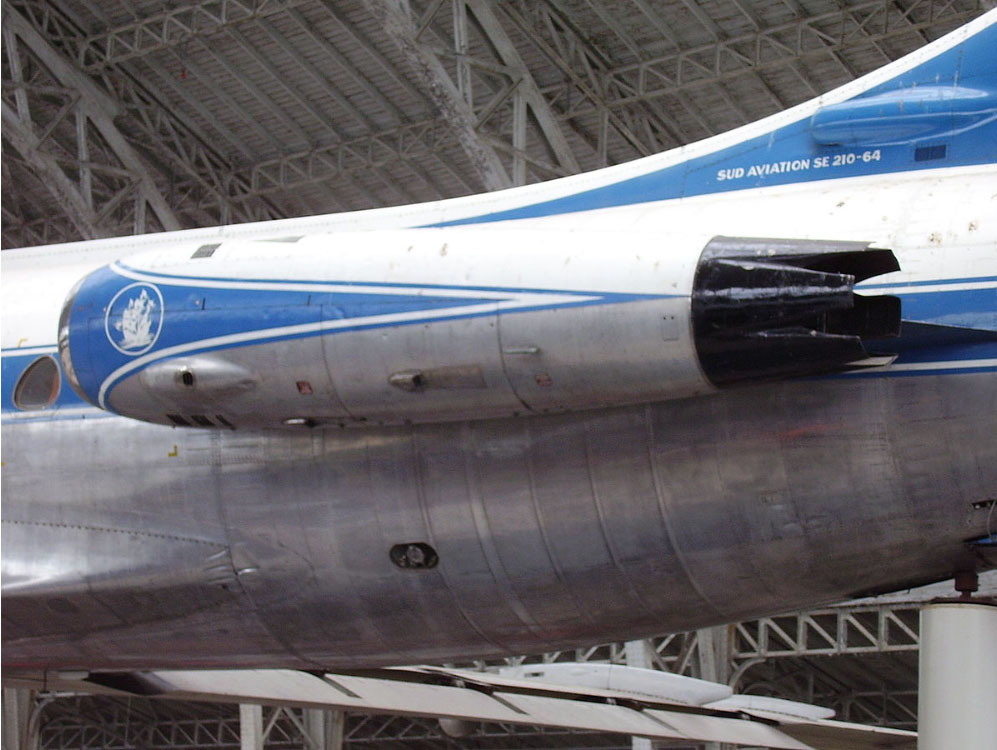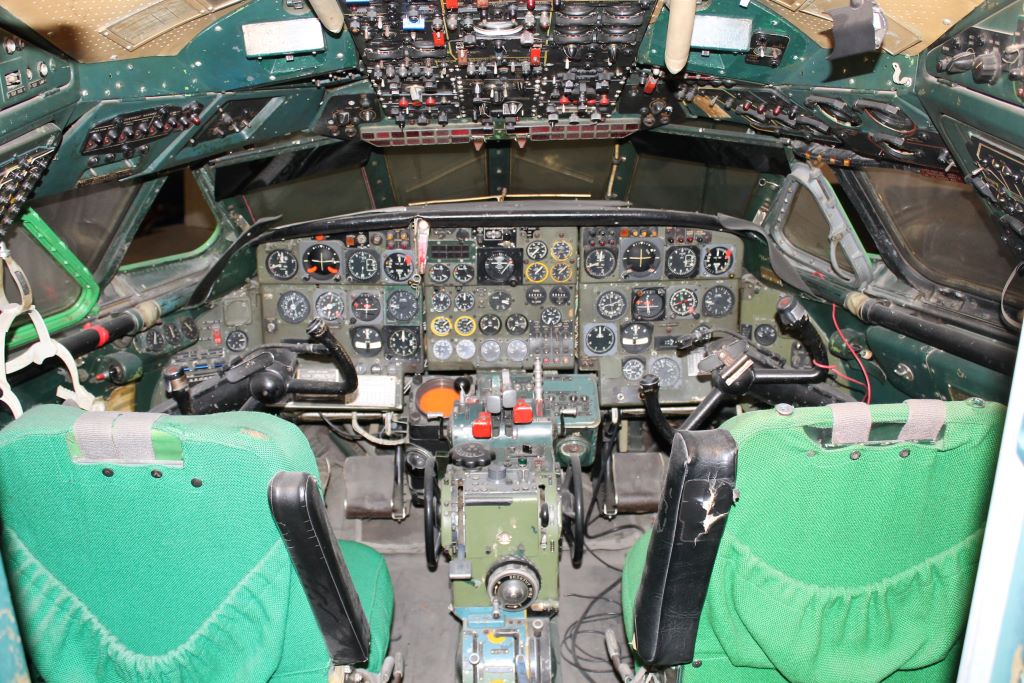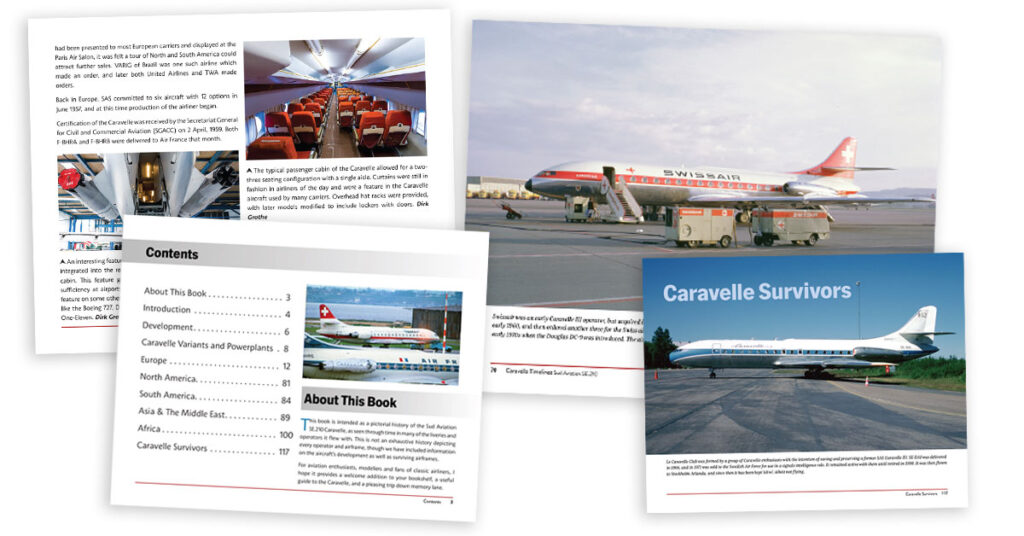Summary
The Sud Aviation Caravelle was a pioneering and unique early jet airliner.
Developed in the 1950s in France, it remained in production until the mid-1970s and saw service around the world.
The Caravelle had many unique and fun features which are often unknown or forgotten about. Here are some examples:
It Had a Parachute!
One of the stipulations of the Caravelle when being designed was that it could operate from all runways that the previous generation of piston airliners flew from.
Jet airliners typically required longer runway lengths, but the Douglas DC-4s and the like were also flying into smaller strips.
Therefore, Sud Aviation developed the Caravelle with the ability to slow down quickly with the aid of a tail-mounted parachute if necessary.
Later Caravelle variants had improved performance meaning this was not necessary. But having it available meant the Caravelle was suddenly more attractive to airlines operating all over the world.
It Was the First Aircraft With T-Tail and Rear-Mounted Engines

Marcelloo, CC BY-SA 3.0 <http://creativecommons.org/licenses/by-sa/3.0/>, via Wikimedia Commons
The T-tail became common in aircraft design , especially with aircraft that featured rear-mounted engines. The Caravelle had both.
Traditionally, the horizontal stabiliser – part of the tailplane at the rear of the fuselage – was mounted lower down. However, with engines placed on the side of the rear fuselage, the airflow was interrupted and so the stabiliser needed to be raised higher.
With the Caravelle this was not all the way to the top of the vertical tail, but about two-thirds up. And it was the first airliner to do it.
It Used the Comet’s Nose and Cockpit

Ardfern, CC BY-SA 3.0 <https://creativecommons.org/licenses/by-sa/3.0>, via Wikimedia Commons

Cockpit of a Transavia Caravelle
A collaboration with de Havilland in the UK, which had produced the world’s first commercial jet airliner – the Comet – led to Sud Aviation using the design and cockpit layout of the Comet.
Many assumed this was a copy of the British design, but was in fact fully licensed.
It Was the First Jet in New York
When Brazilian carrier VARIG ordered the Caravelle, it was intended to operate alongside the Boeing 707s it had also ordered. However, production of the 707 slipped and VARIG ended up using the Caravelle on the prestigious Rio de Janeiro to New York service.
When the jet landed at Idlewild Airport (later JFK) on 24 September 1959, it became the first jet airliner ever to land in New York.
A Concorde Inspiration
Following the introduction of the Caravelle, Sud Aviation turned its attention to the ‘Super-Caravelle’, a new supersonic design which looked at wing designs that would allow passengers to travel faster than the speed of sound.
Development of the design continued, but never saw the light of day. However, in 1962 work between Britan and France saw this early design work transition into what would eventually become the Concorde.
Sud Aviation Caravelle Timelines – the Book
Out now is this colour hardback book which covers the history of the Sud Aviation Caravelle in service around the world.
See photographs of the many different airlines that flew the Caravelle through the decades, and also learn about its development and the different variants. There’s also a section on some of the surviving Caravelles you can see today.
Order the Book








